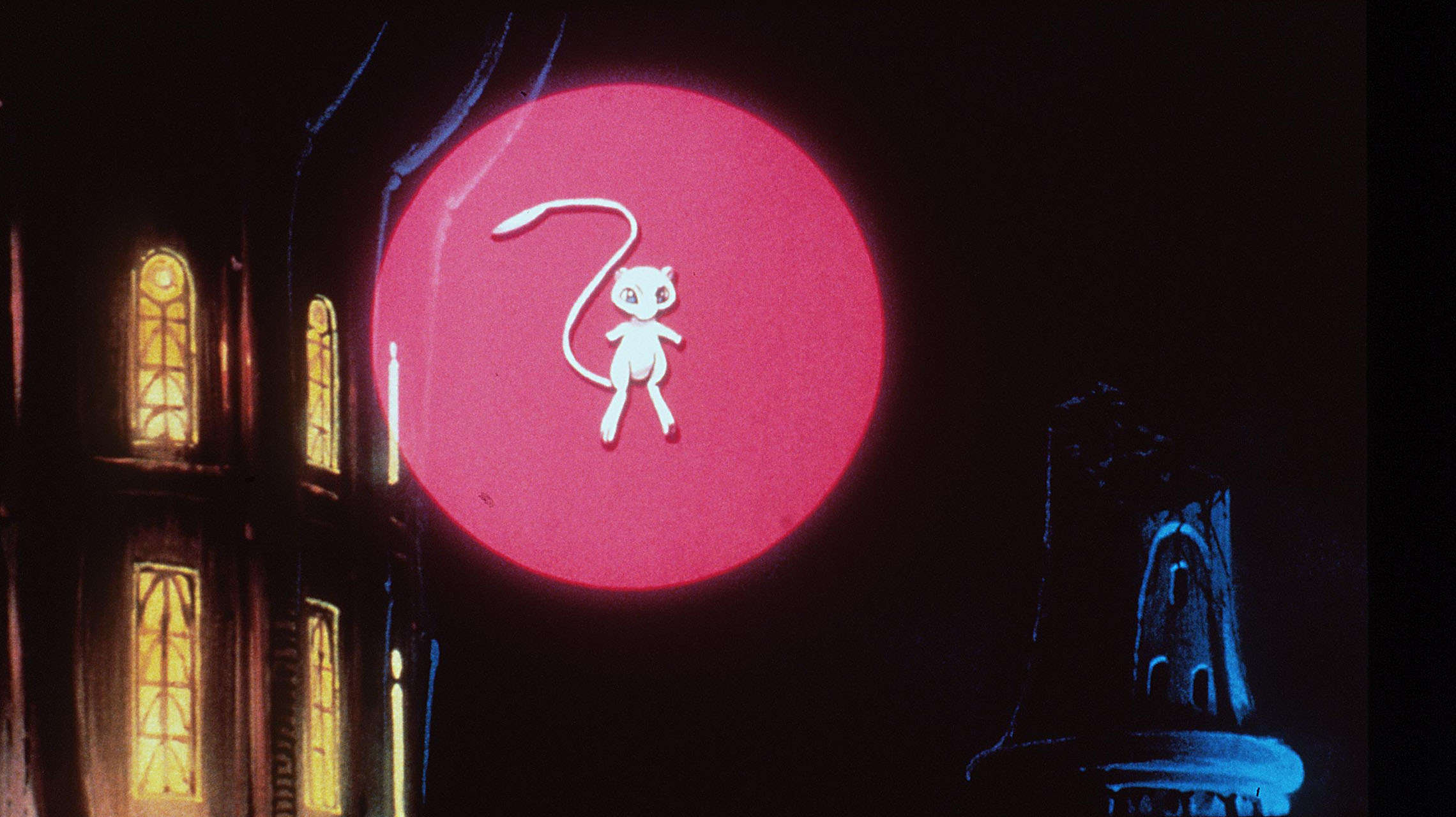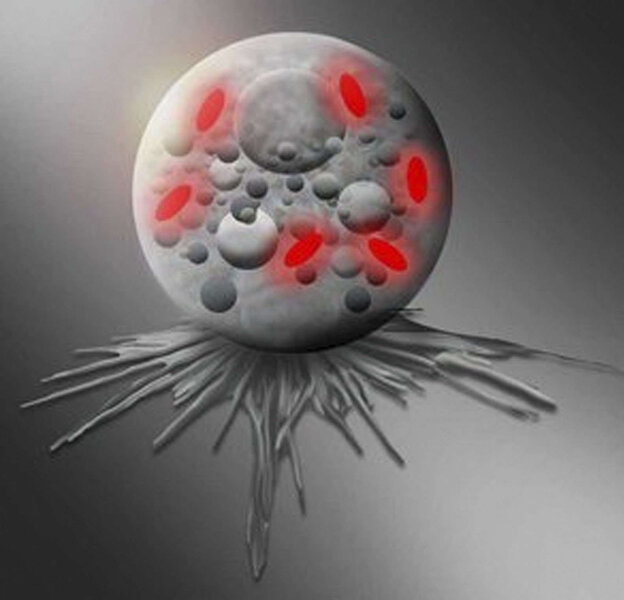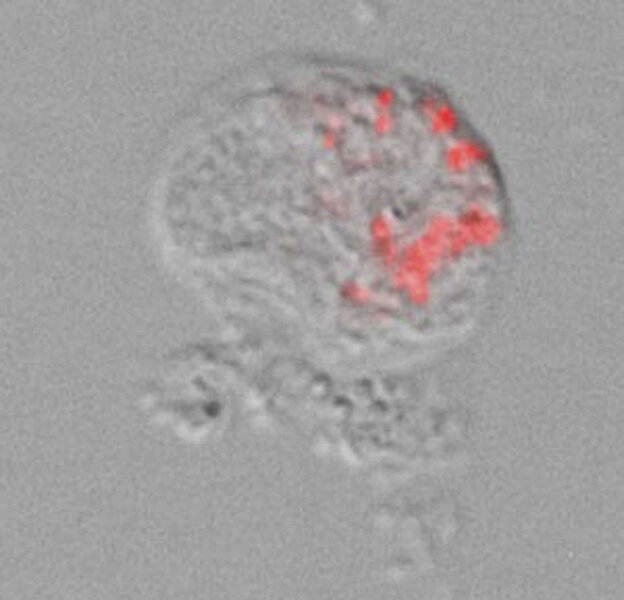Create a free profile to get unlimited access to exclusive videos, sweepstakes, and more!
New bacteria named after Pokémon because we gotta catch (at least discover) ‘em all

You might have trained everything from Aerodactyl to Zubat, but there is one Pokémon you would probably rather not catch.
Pokemonas is the newest bacteria to creep out of the unknown. It might seem like a micro-Pikachu, but catching these could mean a fatal case of lung disease, since they are lung parasites which invade and live in spherical amoebas that are like their own Pokéballs. Microbiologist Kenneth Dumack from the University of Cologne found this out when he and his research team screened different species of amoeba and almost literally caught a Pokémon — but even the most skilled trainer should probably run from these creatures.
Maybe it was a discovery hidden in the game somewhere. This year marks the 25th anniversary of the Nintendo franchise whose Eevee-lution turned it into a worldwide phenomenon.
“Pokemonas belongs to the Legionellales bacteria group, which developed mechanisms on exploiting other cells,” Dumack, who led a study recently published in Frontiers in Microbiology, told SYFY WIRE. “So the benefits from living inside other cells are numerous; there are plenty of nutrients and a high supply of energy at all times. It is almost guaranteed that the bacteria will not starve.”
Anything but cute, these pocket monsters are endosymbionts, or organisms that live inside another organism without harming it. Amoebas are their defense from predators, UV radiation, and (in what would be a highly ironic twist to an already warped real-life video game) viruses ready to attack. The amoebas are the only ones that get away unharmed. Because Legionellales reproduce inside amoebas, it isn’t exactly easy to disinfect water that is already contaminated. Pokemonas is related to some potentially deadly types of Legionellales bacteria. Legionellales include the infamous Legionella pneumophila that starred on Monsters Inside Me after an unfortunate victim was exposed to infected water.
Dumack’s research on Legionellales bacteria involved screening several types of often-overlooked Thecofilosea amoebas, which was when he discovered Pokemonas. Theocofilosea really could pass for Pokéballs because they are spherical structures you can see through under a microscope. This is why he even referenced the uncanny resemblance to a Pokéball in ihis study. Being transparent makes most Theocofilosea species difficult to see, even magnified, which makes them almost as elusive as Feebas and frustrating to scientists, who often mistake them for other things. However, these types of amoebas also gave Dumack more insight into Legionellales.
“The most important finding in studying these amoebas is that we now have clear evidence that Legionellales, who are able to avoid the immune system of animals and humans, did not gain these abilities by adapting to early animals,” he said. “They adapted much earlier in their evolution—probably to almost all complex single-celled forms of life.”
Legionellales went through their own evolution, not unlike Pokémon, just not so flashy. They evolved as parasites from when they first appeared. There are many more host organisms for these bacteria than there were previously thought to be, and even Dumack was surprised by how diverse they are. Whether or not Pokemonas is a pathogenic to humans remains unknown for now. Further research, including the sequencing of its genes, will determine that by searching for genes it may or may not have in common with parasites that gorge on humans. It could also reveal exactly what gives parasitic Legionellales an appetite for something that is still alive.
“Genetic sequencing of Pokemonas will give insight how parasites mastered the infection of complex cells, including the cells of humans,” Dumack said. “Most important will be the comparison of Pokemonas to known human pathogens.”
Maybe Pokemonas is harmless and a total Jigglypuff—but for now, try not to catch this one.




























